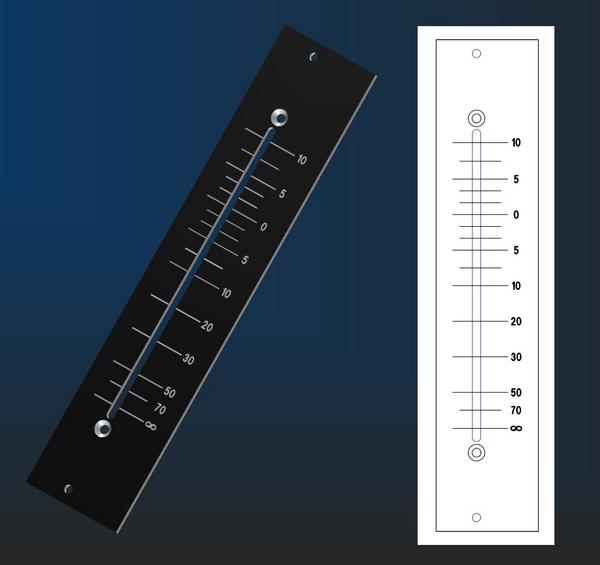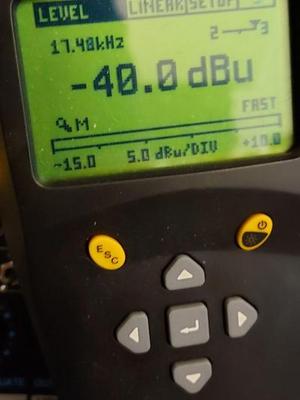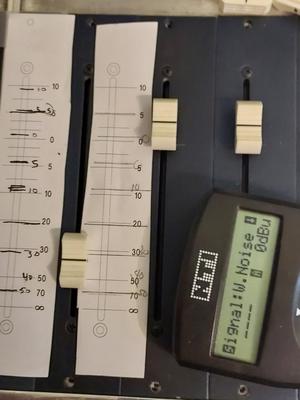boji
Well-known member
About to send out for some engravings...
Question: do manufacturers go to the trouble of perfecting fader plate scales such that they actually represent what's leaving the channel strips in some ideal scenario?
In keeping with old 536 circuit, this desk's fader boostersought to hands out about +11dB, but start adding pre/post fade eq, aux outs, inserts and such...
So, should one make a stink of it, or let the marks be mostly arbitrary references?
fudge-it budget scale:

Question: do manufacturers go to the trouble of perfecting fader plate scales such that they actually represent what's leaving the channel strips in some ideal scenario?
In keeping with old 536 circuit, this desk's fader boosters
So, should one make a stink of it, or let the marks be mostly arbitrary references?
fudge-it budget scale:

Last edited:















![Electronics Soldering Iron Kit, [Upgraded] Soldering Iron 110V 90W LCD Digital Portable Soldering Kit 180-480℃(356-896℉), Welding Tool with ON/OFF Switch, Auto-sleep, Thermostatic Design](https://m.media-amazon.com/images/I/41gRDnlyfJS._SL500_.jpg)









